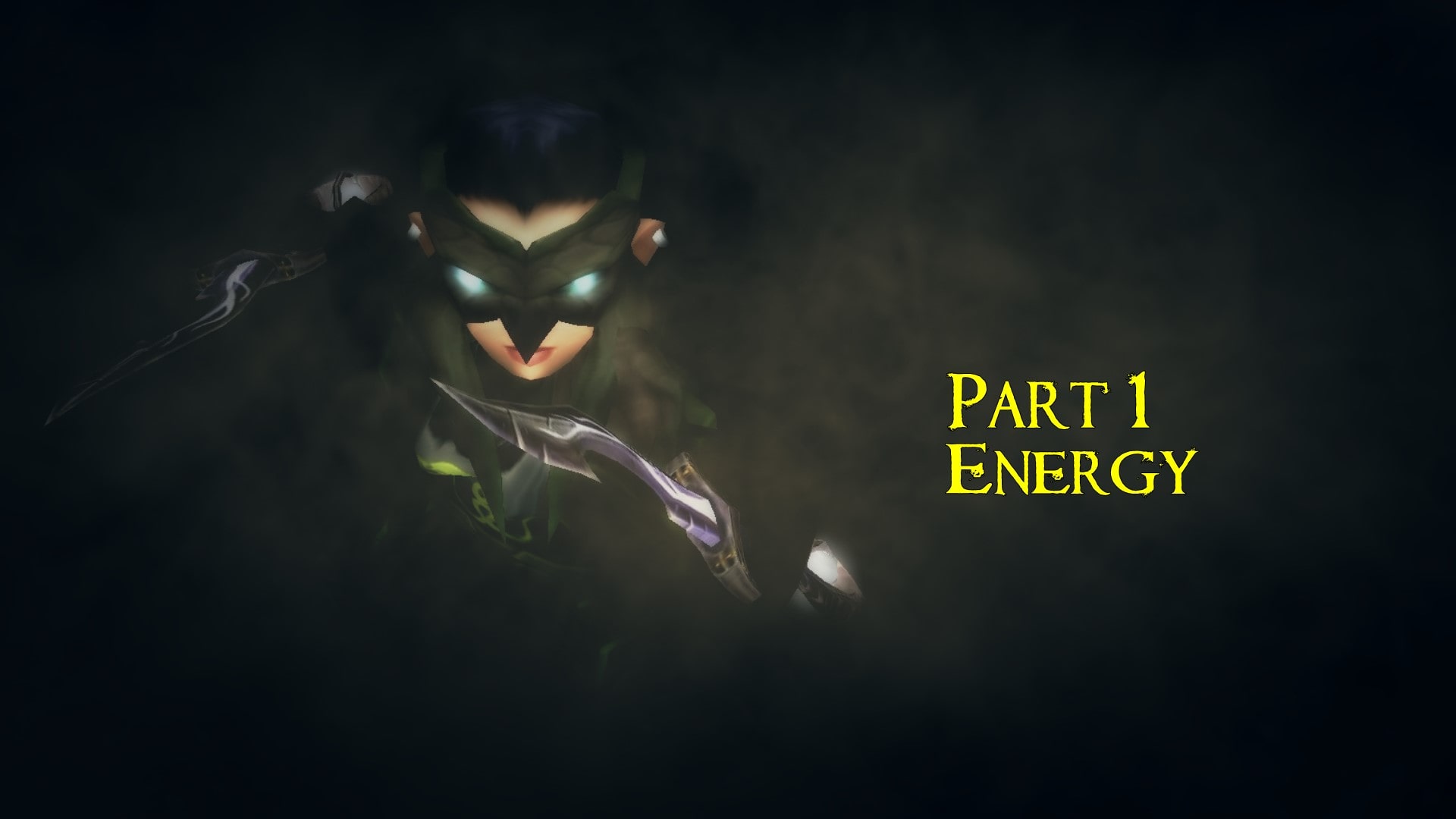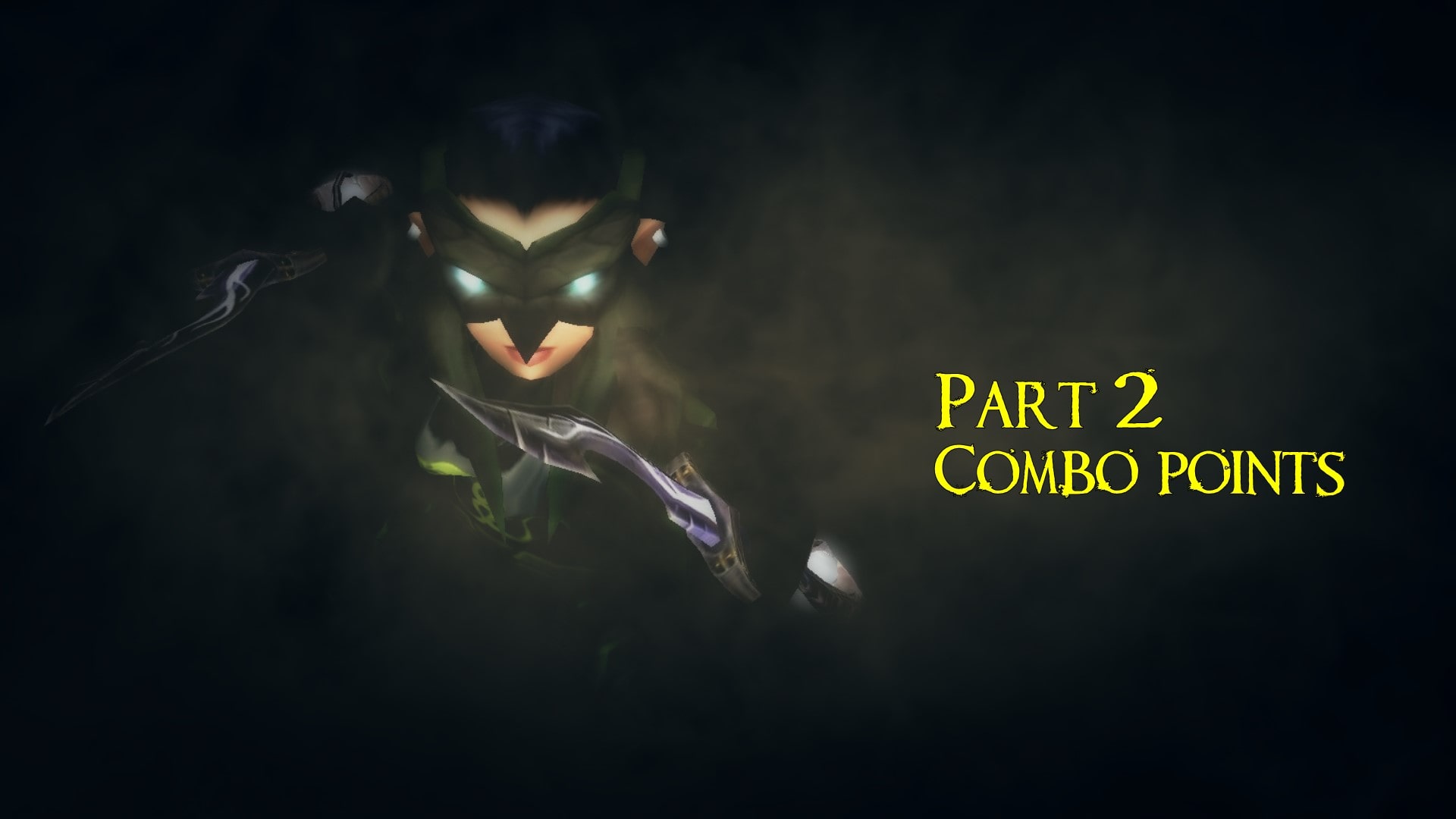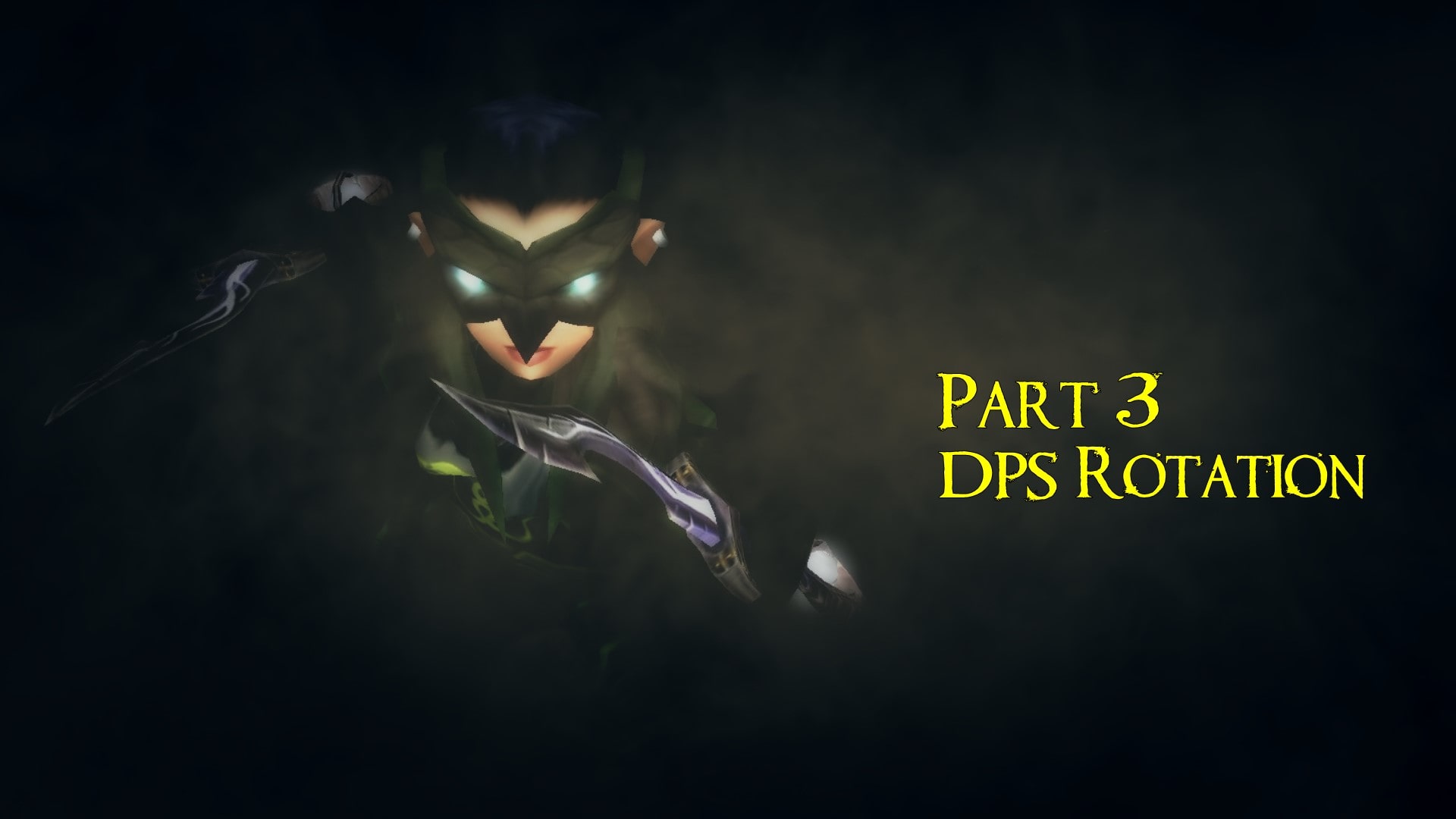PVP Off-hands and Poisons Management on The Burning Crusade
If you play on The Burning Crusade, you probably know that a significant aspect of rogues’ gameplay relies on Poison management.
TBC introduced a new ability, Shiv, that completely changes the way of using poisons since they can be applied on demand – contrary to Vanilla where it was all about procs. This update was a huge improvement for PvP players because, when used correctly, poisons transform the way to fight enemies. They bring survivability through crippling and mind numbing poison, but also more damage or pressure (wound poison, deadly poison). This guide is among the first that were requested by early Silent Shadows’ community members and we hope that it stands up to the task.
Introduction to poisons on The Burning Crusade
First things first: let’s talk about the fundamentals of poisons. They are initially unlocked at level 20 and, while they don’t proc with every strike, they can be meaningfully impactful in both PvP and PvE.
Differences with Classic
If you are coming from Classic, you have to know that poisons are a lot simpler to manage because of two major changes:
– Increased duration: Instead of 30 minutes, poisons are applied for one hour.
–Poison charges: They are completely removed from the game.
On The Burning Crusade, the only thing to care about is the timer of poisons applied to the rogue’s weapons. That means less farm and a more comfortable experience as a rogue. Yay!
Poison toolkit review
Classic TBC rogues have a choice of six different poisons.
– CRIPPLING: Each strike has a 30% chance of poisoning the enemy, slowing their movement speed by 70% for 12 sec. Unlocked at level 20.
– INSTANT: Each strike has a 20% chance of poisoning the enemy which instantly inflicts 146 to 194 Nature damage. Unlocked at level 20.
– MIND-NUMBING: Each strike has a 20% chance of poisoning the enemy, increasing their casting time by 60% for 14 sec. Unlocked at level 24.
– DEADLY: Each strike has a 30% chance of poisoning the enemy for 180 Nature damage over 12 sec. Stacks up to 5 times on a single target. Unlocked at level 30.
– WOUND: Each strike has a 30% chance of poisoning the enemy, causing 65 Nature damage and reducing all healing effects used on them by 10% for 15 sec. Stacks up to 5 times on a single target. Unlocked at level 32.
– ANESTHETIC: Each strike has a 20% chance of poisoning the enemy which instantly inflicts 134 to 172 Nature damage, but causes no additional threat. Unlocked at level 68.
As you can see, poisons offer multiple effects to make the enemy’s life harder. Increasing damage, reducing healing, slowing the enemy for moving or casting… Keep reading to find out more about their role and how to use them efficiently.
Shiv & Envenom
With the introduction of Shiv ability, rogues’ quality of life improved a lot. It is absolutely essential to incorporate this ability in your playstyle, especially in PvP.
The cheap energy cost (approximately 35*, assuming a 1,5-speed off-hand) and the fact it awards 1 combo point make it an efficient and effective combo builder to prepare your finishing moves alongside Hemorrhage.
Contrary to Classic where a rogue was forced to wait for poison procs, a rogue on the Burning Crusade will just apply poison when necessary. That’s one of the major differences between an efficient rogue and one less so.
TBC also introduced Envenom. It consumes Deadly Poison stacks on the target and deals instant poison damage. This is the only rogue finishing move that ignores armor which is why it’s useful in PvE but could be of interest in PvP.
For more information on the evolution of the rogue on the Burning Crusade, make sure to read our article: Rogue class change from Classic to TBC
* Energy cost of shiv is calculated as follows: 20 + (10 * weapon speed) = Energy consumption.
Example: 1,5-speed weapon : 20+(10*1,5)=35
How to pick your poisons
Typically, the first question asked by beginners is “which poison should I use for PvP and on which weapon?” The question has multiple answers, but we’ll explore the general case first.
Which poison for which situations?
When you play PvP, you have to be prepared for every situation. There are two things to consider.
Firstly, the rogue is, of course, a melee class. This means that you don’t want to be kited by the enemy because otherwise, you completely lose your efficiency and chances of killing your target. Contrary to the most recent versions of the game, you can’t build combos when out of melee range, nor reach the enemy with any ability other than Shadowstep. For this reason, you must play with Crippling Poison. It is essential to the rogue’s gameplay, which is also why it is unlocked at level 20.
Secondly, PvP obviously relies on survivability. This means that most players are looking for ways to heal themselves through their abilities or consumables (stone, potions, first aid, etc), not to mention the chances of facing more than one player with one specialized in healing, even in open areas. For these reasons, Wound Poison is also mandatory for rogue players.
By now it has hopefully become clear that your two main poisons to play with on TBC are Wound and Crippling. But on which weapon do you apply them?
Which poison for which weapons?
Bear in mind is that Shiv instantly applies your off-hand poison on the enemy. This means that your main-hand poison will be applied passively through poison procs. For this reason, consider having Wound on the main-hand and use Crippling Poison on your off-hand, ensuring its application whenever needed.
This is the first level of poison use on TBC.
If you look for playing with a lot of freedom and efficiency, you may feel quickly restricted by using only two poisons with two weapons on your character. The addition of Shiv on The Burning Crusade made it interesting and effective to play with three, four, or even five weapons in order to alternate between poisons during the fight.
From experience, playing with only two weapons (and two poisons) is not a fast method of stacking 5 wounds while keeping an enemy affected by a second poison. Since playing with multiple off-hand weapons requires a bit of experience, we’d recommend starting by playing with three weapons:
– Main Hand: Wound Poison
– Two Off-hands: One for Crippling Poison, the other for Wound Poison also.
In arenas, it is likely that you’re going to face healers or players with off-healing abilities (like shadow priest, ferals, retribution paladins etc.).
With double Wound poison, you will be able to get – for example – 3 to 5 wound stacks during a Cheap Shot if you use the Shiv ability after your opener. You can also switch weapons to snare your enemy when necessary (eg. at the end of your stuns or combined with Shadowstep when being kited).
Are other poisons useless in PvP?
No they’re not.
Once you get used to swapping between those two off-hands (Crippling/Wound), we’d recommend adding a third off-hand for Mind-numbing Poison.
This poison is likely to be less used (especially in arenas) because you may spend a lot of time applying your Crippling and Wounds – but with experience, you may appreciate having this poison in your toolkit. Most of the rogues playing on the ladder will use at least 4 weapons (1 MH and 3 OH as detailed above).
You could have more if you plan to use the Adamantite Weapon Chain (reducing the duration of disarm effects by 50%), Ambush (which may require an extra MH dagger if you don’t use one already), or an extra off-hand for Deadly Poisons for plate classes.
I personally use Crippling (sometimes Instant Poison) on my Main-Hand dagger for Ambush for example, because Crippling the target on it really helps, especially against mages able to kite passively with Frost Armor/Frostbite procs/Nova, etc.
That being said, note that Crippling is your first priority to make sure that you’ll keep the enemy within your range. The wound is the second priority unless the enemy has no healing source (like the popular RM team composition for example) which allows you to use the poison your feel is most useful for the situation.
Anesthetic poison is the only poison that you may never use in PVP.
How to use poisons? (PvP situations)
So far we have mentioned that your go-to weapon organization should be as follows:
– MAIN HAND: Wound
– OFF HAND 1: Crippling
– OFF HAND 2: Wound
– OFF HAND 3: Mind-Numbing
But specific situations or team composition allow you to change that, just like your own preference and experience as a rogue.
For example, I (Sbkzor) play with Wound as the default OH and Crippling as the second OH. In terms of poison, it doesn’t really make a difference, but this means that the default off-hand weapon always has wound poison on it because experience has proven that he was mostly spamming wound in arenas and not crippling, so I prefers using my best weapon for shiv spam (wound stacking/combo building) to optimize damage.
Do I need specific poisons for arenas depending on the match-up?
Concerning high rated arenas, most of the time you’ll be playing with Wound as MH poison, but you’ll probably find situations during which you may want to change that.
Against Double DPS with no healing abilities you can opt for removing your Wound from MH and going for Crippling or mindnumbling depending on the match up.
Nonetheless, playing like this is quite expensive in terms of consumables. We’d recommend this option for 1v1 situations. If you have to duel a mage, a warrior, or even a rogue, you can choose to remove the wound from your mh so you can have a passive crippling poison (or mind numbing if mage/warlock), which would optimize your energy usage (less shiv, less weapon swaps, more white hits, more hemos, more damage)
How and when to use Shiv?
– Crippling
You must consider using Crippling Poison on every kind of opponent you’re facing. It can be necessary at any given time. Why? Because most enemies are looking for ways to get you out of melee range. So you should consider playing with the opposite goal in mind.
When to use it? Shiv (Crippling) when the poison is about to fade on your target, right after your stunlocks, or just when you want to stick to an enemy to damage him. It’s also a great tool to peel a player from your partner (eg. shiving a priest to allow your partner to kite Psychic Scream.) or to keep some of your enemies out of the combat area (when running around pillars for example…). Sometimes, you may even find windows to land a Vanish Sap on Crippled enemies if they don’t find a way to keep themselves in combat.
Some situations for which Crippling is mandatory:
– Mages: Frost mages have loads of ways to kite a rogue: passive slows provided by Frost Armor, Frobite procs, Frost Nova, Blink, Trinket, etc. But Fire mages also have Sprint procs, Dragon’s Breath, and Impact procs that are very good ways to kite when combined with other abilities. Arcane mages may use Slow to get rid of you as well. This match up requires great management of Shadowstep (assuming you specialized into Subtlety like 95% of PvP rogues), Sprint, Cloak of Shadows, but also Vanish, to make sure you won’t be kited whatever happens.
– Hunter: Hunters are ranged DPS. This means that closing the gap with them is the key to win the fight. They also have a lot of tools to kite rogues and that’s why they are not easy to deal with for beginners.
– Warrior: Warriors are really tough to face for the majority of rogue players and one of the main rules of this matchup is to get them crippled so you find a better chance to use the famous dead-zone to get restealth, but also, it increases your chance of not getting stunned by Charge (if out of combat) or Intercept.
– Rogues: Mirror also requires Crippling Poison to increase your chances to land damage and controls.
– Stacking Wounds
Stacking Wounds is a mandatory practice for arena players because most of the teams involve healers. Stacking wounds (by spamming Shiv) is a good way to build your combos for finishing moves such as Kidney Shot, Expose Armor or Eviscerate).
Basically, you will Shiv a lot in arenas if you look for killing a player that receives heals.
Do your best to keep 5 stacks if you want to have proper pressure on your opponents. This is why you want to have Wound Poison applied on your Main-hand as well, so poison procs won’t force you to spam Shiv too much.
Spoiler alert: on most private servers, you must spam Shiv to get poison stacked.
– Mind-numbing
This poison is effective against any caster; especially priests, mages, and warlocks.
These three classes particularly struggle to get rid of this poison, and having them mind-numbed will make things easier for your team. It slows their cast and also affects their global cooldown. This poison is extremely helpful to make sure to land your Kick on their cast.
Be warned, in a fair duel (not talking about 1v1 situations in arenas), the use of this poison can be considered extremely unfair and lame.
Of course, in arenas, targets might be able to get it abolished by their partners. But it is still worth applying as it can cover a dispel on your Wound and/or Crippling.
It is also useful against other healers (Paladins, Shamans, Druids) but you may have difficulties keeping other poisons active against them because they have multiple ways to abolish poisons.
Poison dispellers and ameliorations
To make the use of poisons a bit more complicated, Blizzard also granted various races and classes with abilities to get rid of poisons, or part of them. They’re listed below
Classes:
– Druid: Abolish poison
– Shaman: Cure Poison, Poison Cleansing Totem
– Paladin: Cleanse
Races:
– Dwarves: Stoneform
– Gnomes: Escape Artist (Removing Crippling)
– Orcs: Blood Fury (Removing Wound stacks)
It goes without saying that facing two players with such abilities in arenas results in a way more difficult experience to keep your poisons up.
Enhance Shaman + Resto Druid, and Retribution Paladin + Resto shaman are for example two nightmare team-compositions to face as a rogue when it comes to keeping poisons active, be it Crippling or Wound, because their way to get rid of it will force you to setup the poison stacking with cross controls on both enemies, killing totems and a lot of shiv spam.
A lot of abilities and talents also remove Crippling Poison such as:
– Improved Sprint (Rogue), Blazing Speed (Mage), Beast Mastery (Hunter), Blessing of Freedom (Paladin), Cloak Of Shadows (Rogue) and so on.
– Healing Pet (Hunter) also removes poisons on their pets.
– Anti-Venom bandage → Outdoor/BG only
Nonetheless, Blizzard also gave rogues various improvements with poisons, but they’re all part of the Assassination tree.
– Vile Poisons: Increases the damage dealt by your poisons and Envenom ability by 20% and gives your poisons an additional 40% chance to resist dispel effects.
– Improved Poisons: Increases the chance to apply poisons to your target by 10%. (2% per point)
– Master poisoner: Reduces the chance your poisons will be resisted by 10% and increases your chance to resist Poison effects by an additional 30%.
Talent: Vile Poisons or Improved Poisons?
– Vile Poisons
– Improved Poisons
Vile poisons is, for sure, the way to go. Improving the resistance on abolishing effects will help you with stacking your poisons on a target, which significantly makes your life better. That’s also a great way to cover some of your poisons by having 5 stacks of Wound/Deadly applied on the target, abolishing Crippling or Mind-numbing may become extremely hard for the enemy.
When we started Silent Shadows, this is exactly the type of information that we had in mind to get out to the community. We would receive a lot of questions regarding poisons or how to manage off hands and we think that this article covers the majority of points to be made. As you can see they are an integral part of the rogue’s gameplay and min-maxing their usage can go a long way in terms of improving your efficiency and effectiveness. We hope that you found this article useful and look forward to receiving your comments on it. How do you apply your poisons? How do you manage your off hands? Which poisons do you find most effective in various situations? There is still a lot to be said and we are now counting on you to make it comprehensive.




